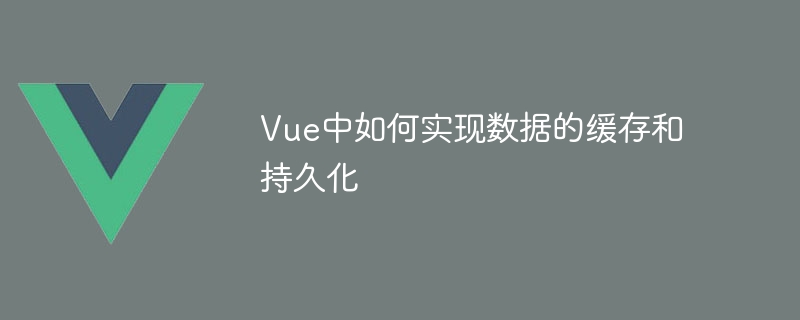

How to implement data caching and persistence in Vue
In Vue, data caching and persistence is a common requirement. Caching data can improve application performance, while persistent data allows users to still see previously saved data after refreshing the page or reopening the application. The following will introduce how to cache and persist data through some common methods.
First, define a state object in the Vuex store, and define corresponding methods in mutations to modify the data in the state. For example:
// store.js import Vue from 'vue'; import Vuex from 'vuex'; Vue.use(Vuex); const store = new Vuex.Store({ state: { cachedData: null }, mutations: { setData(state, data) { state.cachedData = data; } } }); export default store;
In a component that needs to cache data, you can call the setData method through the commit method to modify the data in the state, and use the mapState method to map cachedData to the component's calculated properties. For example:
// MyComponent.vue{{ cachedData }}
In this way, the cached data can be obtained by accessing this.cachedData in the MyComponent component. When the saveData method is called, the data is saved to the cache, that is, the cachedData field in the state is updated.
// MyComponent.vue{{ persistedData }}
In this example, we read the data in localStorage in the mounted hook function and set it to the persistedData property in the component's data. At the same time, save the data to localStorage in the saveData method.
The above are two commonly used methods to implement data caching and persistence in Vue. You can choose the appropriate method according to specific needs. It should be noted that when using localStorage, attention should be paid to serializing and deserializing the data to ensure that the data can be stored and read correctly.
The above is the detailed content of How to implement data caching and persistence in Vue. For more information, please follow other related articles on the PHP Chinese website!